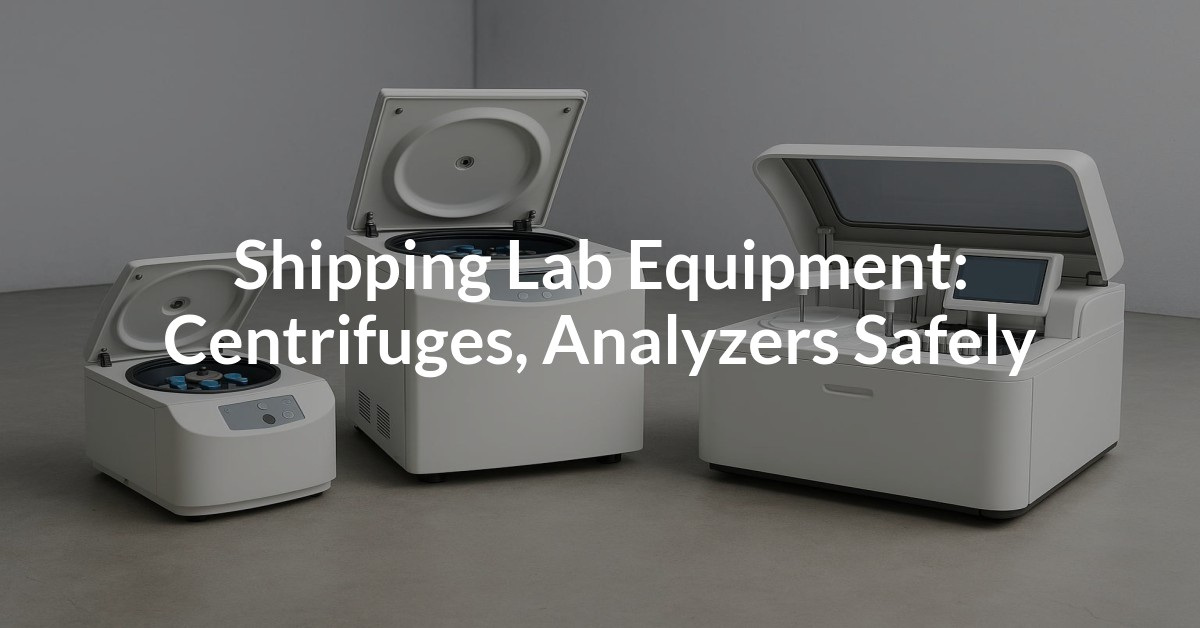Shipping medical devices, particularly infusion pumps, requires meticulous attention to detail to ensure they arrive at their destination in perfect working condition. Infusion pumps are critical devices used in various medical settings, and any damage during transit can have serious implications. This guide outlines the best practices for shipping infusion pumps, focusing on packaging, labeling, and ensuring functionality upon arrival.
Understanding Infusion Pumps
Infusion pumps are electronic devices that deliver fluids, medications, or nutrients to patients in a controlled manner. They are widely used in hospitals, outpatient clinics, and home healthcare settings. Given their delicate nature and the critical role they play in patient care, proper shipping practices are essential.
Packaging Best Practices
- Use the original packaging whenever possible.
- If the original packaging is unavailable, use a sturdy cardboard box that can withstand the rigors of shipping.
- Wrap the infusion pump in anti-static bubble wrap to protect it from static electricity and physical damage.
- Use foam inserts or packing peanuts to fill any voids in the box, preventing movement during transit.
- Seal the box securely with high-quality packing tape to ensure it remains closed throughout the shipping process.
Labeling Requirements
- Use waterproof labels to ensure visibility in case of exposure to moisture.
- Include a packing slip inside the box with details of the shipment, including the contents, quantity, and destination.
Ensuring Functionality Upon Arrival
- Conduct a thorough inspection of the infusion pump before shipping to ensure it is in proper working order.
- Document the pump's settings and configurations to ensure they can be restored after transit.
- Perform a functionality test immediately before packing to confirm the device operates correctly.
- Consider using a data logger to monitor environmental conditions (temperature and humidity) during transit, especially for long-distance shipments.
Shipping Options: Truckload vs Partial vs LTL
| Shipping Method | Description |
|---|---|
| Truckload (TL) | Best for large shipments that fill an entire truck. Cost-effective for high volumes. |
| Partial Truckload (PTL) | Ideal for medium-sized shipments that do not require a full truck. Shared space with other shipments. |
| Less Than Truckload (LTL) | Suitable for smaller shipments. Cost-efficient as you only pay for the space you use. |
Conclusion
Properly shipping infusion pumps is crucial to maintaining their functionality and ensuring patient safety. By following the best practices outlined in this guide, healthcare providers and logistics personnel can minimize the risk of damage and ensure that these vital devices are ready for use upon arrival.
Personalized Assistance
Get a quote today, call 877-345-3838, or email support@freightsidekick.com










